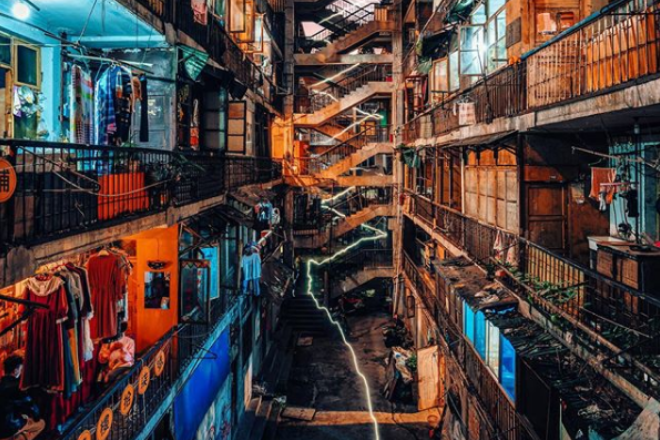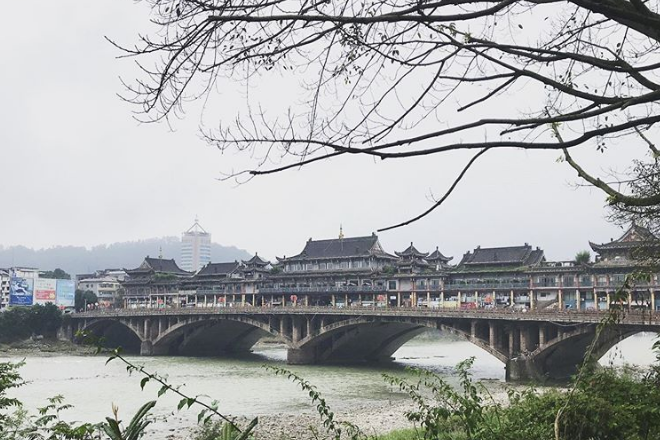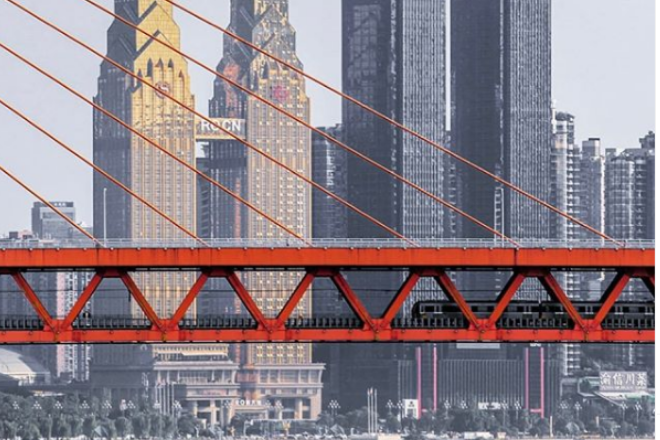By Localiiz
Branded | 17 May 2024
By Localiiz
Branded | 14 May 2024
Copyright © 2025 LOCALIIZ | All rights reserved
Subscribe to our weekly newsletter to get our top stories delivered straight to your inbox.
Sometimes, the best way to experience a city isn’t hitting up all the major sights and tourists spots, but to enjoy the frivolities of the populace as they go about their daily routines. Join Paul Hellard as he mingles with the locals in Chengdu, Chongqing, and Ya’an.
This entire country is glorious. There are so many cities in China that are completely unknown outside the country. My Mandarin isn’t fluent, but I wanted to ask the locals what they do to relax. I ventured out with a few weeks of Chinese lessons, some helpful phrases, and a promise from a local bilingual tour guide to assist.

Chengdu is the capital of southwestern China’s Sichuan province, and dates back to at least 400 BC. Today, Chengdu rattles with the spices of the tropics and the dusty rumble of a rush hour, actually most hours of the day. This is a seriously impressive city. I’m staying in the Xishu Garden Inn, a hostel deep in the inner east of the city. This is well away from the expat areas, and exactly how I like it.The Chengdu locals say they tend to work quite long hours. Most of the residents I know have families and they spend a lot of their free time at home. But they also spend time relaxing with friends over copious amounts of tea and the province’s famous Sichuan hot pot. There are many restaurants that offer the most sumptuous hot pot banquets, each in either a broth or beef stock or copious amounts of Sichuan pepper oil. This is an experience one must have when visiting the Sichuan province.

University students make use of the many teahouses dotted around campuses all over the city of Chengdu. This is a world-famous university town, after all. The Fangsuo bookstore is also a spectacular go-to place, where intelligent locals hang out in the middle of the city. This expansive outlet has an impressive range of magazines, literature and stationery as well as international classics, all in Mandarin, of course. So cool.I’m also told the traditional teahouse is becoming less popular in Chengdu. The taste for coffee, beer, and cards is slowly taking over. There are low-key nightspots frequented by locals and out of towners without family, as well as foreigners. On the roof of an apartment building in Wuhou district, the Rooftop was opened to give people a place to come and play pool, perhaps play music, lift weights, and perhaps drink beer. A very laidback open-air venue, right in the midst of the hot pot restaurant district west of Tianfu.

They really know how to build railway stations in China. Each one I visited has the carrying capacity set for a massive Spring Festival crowd. Multi-story platform systems lead out onto a yawning forecourt, with the best view of town and surrounding mountains. Very impressive. This is the case here in Ya’an, a prefecture-level city in the western part of Sichuan province, situated just below the Tibetan plateau. I quickly made my way down into the surrounding streets, looking for breakfast. I found the Yaoqiao Noodle Shop, on the corner within sight of the rail station forecourt.As a foreigner, I had no problem finding local people wanting to chat, and it was really nice to feel so welcome. They spoke about finding time to relax, visiting tea houses, friends, having large hot pot dinners with family, and watching K-TV (Karaoke TV). The people I spoke to also said that farming was a part of most people’s lives in Ya’an. “Everyone has a plot of land out the back or they work at the local farm,” one lady said. While this may seem quite strange as a relaxing pursuit, the townsfolk say they used this as a part of their day-to-day ritual of family time and relaxing, and it benefited their community at the same time.

I ordered mian tiao (noodles with pork wontons), chao shou (which literally mean “folded arms”, as that’s what the wontons resemble), and jiao (pork and chive dumplings). There was also a serving of pao cai (pickled radish) and a bowl of hot, starchy mian tang (noodle-cooking water).I took off along the river towards the middle of the town some seven kilometres away. All along the way, we walked along a wide promenade. I passed supermarkets, cafés, huge spillways, and lots of families just taking in the fresh air. There was a healthy array of exercise equipment set up for public use, all along the way into Ya’an.

I met an old lady in the backstreets of Ya’an who had been living in her riverside house for the past 25 years. She’d seen great construction over the past decade and said she would host card games on her front porch for fun. His husband was inside the house melting into the chair. “At 92, he stays inside house. The chair is part of him,” she said laughing, from her front door, briefly showing us inside.A delicious light meal was found in a tiny little shop on the corner of a street in Ya’an later in the day, literally filled with young families. They were all tucking into these fried dough sticks as they appeared from the wok, all being freshly rolled and cooked. Coming home from school, it seemed this was a regular sitting. I sat in amongst them, and ordered what they were having, which included you tiao (fried dough sticks) chopped into blocks, served with a bowl of piping hot dou jiang (fresh soy milk).

Chongqing is an extremely old city built along the Jialing River which runs into the Yangtze. This junction forms one of the most majestic natural intersections in China. Chongqing hugs both sides of a steep hilled riverbank. The city wraps around the corners of the river and leaps into the air. There are elevated roads, lights and bridges, monorails, and throngs of people.When I come to a city of hills, I climb them. From the river’s edge, I found the streets full of tourists, cafés, and restaurants. Punctuated by elevated roads that scoot alongside the shoreline, Chongqing is a true mix of hidden treasures. Passing crowds of shoppers, I wanted to climb past this retail clutter and meet the residents behind the displays. As I climbed past shopfronts and worksites, the crowds slowly changed from the buyers and sellers to those collecting their kids from school. Everyday people going about their existence in this city of hills. I passed gated communities with their soaring towers of apartments.

I joined the throngs of locals going about their lives of work and play. Motorbike shops, hardware stores. These soon became small open cafés and market stalls; tables with their magnificent displays of vegetables, pulses, and poultry. Waves and welcome shouts as I walk by. I sit in on a game of mahjong, deep in a network of laneways seemingly in another world from the riverfront, and yet so close. This social ritual seems so natural and carefree, part of their daily lives. One elderly man says he has played with his friends here almost every day for twenty years. “It is what keeps me connected,” he says, “to my city and to my friends and family, which are my world.”


Top